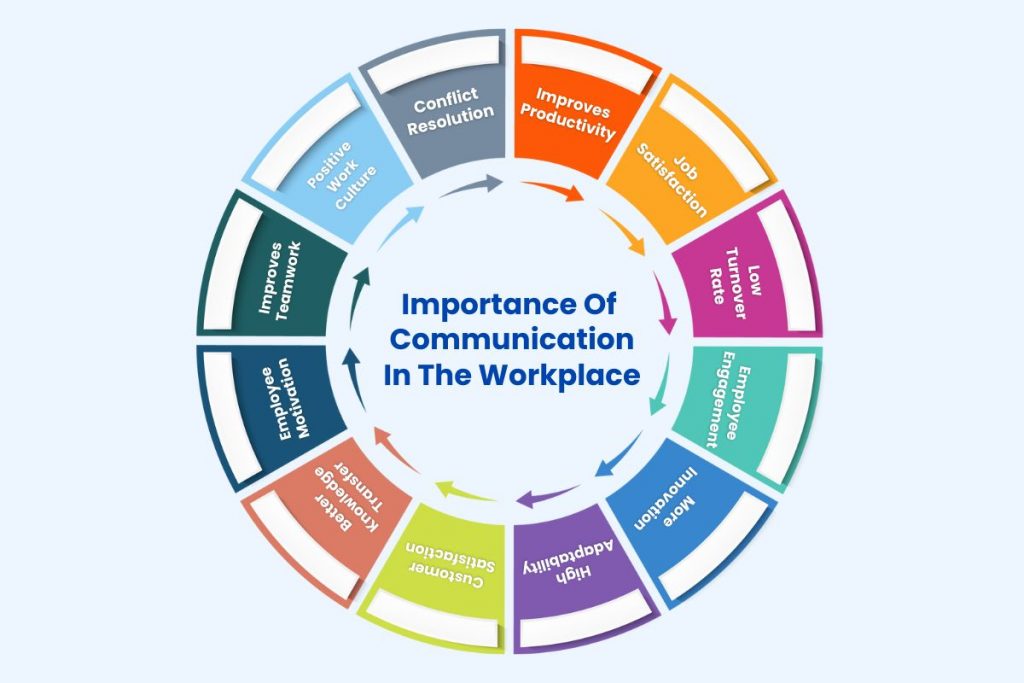Group projects are a staple for teamwork, communication, and problem-solving in academic settings. But with them comes the problems of miscommunication, uneven workloads, and no direction that can snap the best intentions. These hurdles illustrate the need for methods to manage group dynamics and help a project succeed.
Structured checklists are one powerful tool to help you navigate through these challenges. Checklists facilitate breaking down tasks and responsibilities into bite-sized steps that keep teams organized, on track, and in sync with their project goals. This article offers practical checklists for each stage of a group project so that you can get the job done collaboratively and efficiently.
Understanding the Goals and Objectives
Understanding the group project’s goals and objectives among your team members is the basis of a successful group project. If teams work in the dark without clarity, the result is misaligned efforts, wasted time, and subpar results. People are working towards the same outcome by setting clear expectations from the starting point. Here is a checklist for establishing goals:
- What are the assignment requirements, and does everyone understand them?
- What are the project’s objectives, and what are your goals?
- What criteria have you established for the project?
- Have you decided on the principles for documenting the results?
All these aspects are crucial as they help the group gather preliminary information and develop a team strategy. The project will likely turn out well if no students understand its goals and purpose. This is just as critical as conducting an honest analysis of the academic services that youngsters use to delegate certain assignments. So, visit ScamFighter for Speedy Paper reviews to understand how this can help you better focus on group projects.
Forming an Effective Team
You likely already have a few students ready to work on your project together. At this stage, involving those who will work effectively is important. When all students function like a well-oiled machine, there’s less room for errors. Here’s your checklist for building a team:
- Select a team leader who will manage the processes.
- Analyze the skills and strengths of each team member.
- Establish ground rules for communication, decision-making, and task delegation.
- Assign tasks and get started on the work.
- Plan out all project goals and methodologies.
- Set up a system to monitor overall progress and analyze results.

Consider these aspects as key to building an effective research methodology. Your project carries significant academic importance and will greatly impact your grades, so proceed with care. Most critical academic elements should be planned in advance to avoid last-minute stress just days before the deadline.
Planning and Scheduling
Any successful group project is built on effective planning. It ensures that work is done on time and that resources are used properly. A well-planned schedule not only reduces the anxiety of the final minutes but also creates a framework for accomplishing the project’s goals. First, teams should break this project into smaller, more manageable pieces and set deadlines for each.
Having someone responsible for these tasks prevents confusion and duplication of effort. This scenario can be simplified with digital tools like Trello or Google Sheets, allowing everyone to track progress and stay aligned. But building in some buffer time for unexpected delays could save your life. Early planning and smart scheduling help teams avoid the traps and continue making steady progress toward completing a project.
Communication is Key

source: hrtech.sg
Every group project member needs to stay in touch with one another. Since different people are responsible for different parts of the work, monitoring progress and ensuring tasks are done correctly is crucial. Think about the most efficient and convenient way to track all ongoing updates. One classic method is email, which offers the following advantages:
- The ability to send archives and text documents with annotations.
- Transferring large files while maintaining privacy.
- Sharing software or code snippets.
However, you’ll also need a chat or messenger app for quick communication. Use Discord to share files and messages easily. Creating a dedicated server allows you to stay on top of the project and avoid missing important updates. Plus, it makes coordinating different iterations of the project much easier, which is essential.
Managing Contributions and Accountability
Balancing contributions in group projects can be a little tricky, but it’s important if you want your projects to be fair and to keep your team happy. If everyone knows what they are responsible for right from the start, there are no misunderstandings about who is pulling their weight. The results may suffer if teams don’t agree on monitoring progress (weekly updates, shared task trackers, etc.).
If one member is lagging, it’s best to deal with it early and diplomatically so that the rest of the group doesn’t get behind and the group can remain on track without creating tension. Also, appreciating and recognizing individual efforts creates a positive environment and encourages everyone to give their best shot.
Quality Control and Feedback
Quality assurance is a major step in the group project, which guarantees that the project meets the needed standards and expectations. Teams should review them for relevance, accuracy, and consistency with the agreed objectives as the project progresses. It does away with major revisions around the due date. Feedback is just as important. Peer constructive critiques help to refine the work and point out areas of improvement. Once the feedback is implemented, you have a final team review to ensure you have everything tied together before submission.
Reflecting and Learning from the Experience
Remember that a group project’s primary goal is not the end result but the experience each student gains from teamwork. That’s why reflecting and learning from the experience is crucial. Discuss and document all events, celebrate achievements, and analyze the aspects that didn’t go as planned.

The reflection phase provides valuable insights for students. It creates opportunities to introduce new ideas, improve research approaches, and build stronger social connections. Students need to learn to function as a cohesive unit and set aside personal ambitions for the success of the group as a whole. This is the core mission of any group project.
A Checklist for Continuous Improvement
Don’t forget that group research projects happen quite often. As a student, you should absorb all the experience you gain and prepare templates for future collaborations. It’s not as difficult as it may seem at first glance. After all, repetitive actions can be practiced to the point of automation. Here’s a checklist that will come in handy:
- Document the preparation process for the group project.
- Plan the process of delegating roles.
- Select a set of tools and services required for the work.
- Create a checklist to monitor the iterations of your project.
- Develop templates and a resource list to streamline the workflow.
All these actions are as crucial as a pit stop crew in an F1 race. Every team member should know exactly what to do and how to do it. All actions must be clearly outlined and tools properly allocated. This is the only way to work effectively on group projects and achieve results. Unlike an individual assignment, where every student works independently, this is a team effort that requires seamless collaboration.


